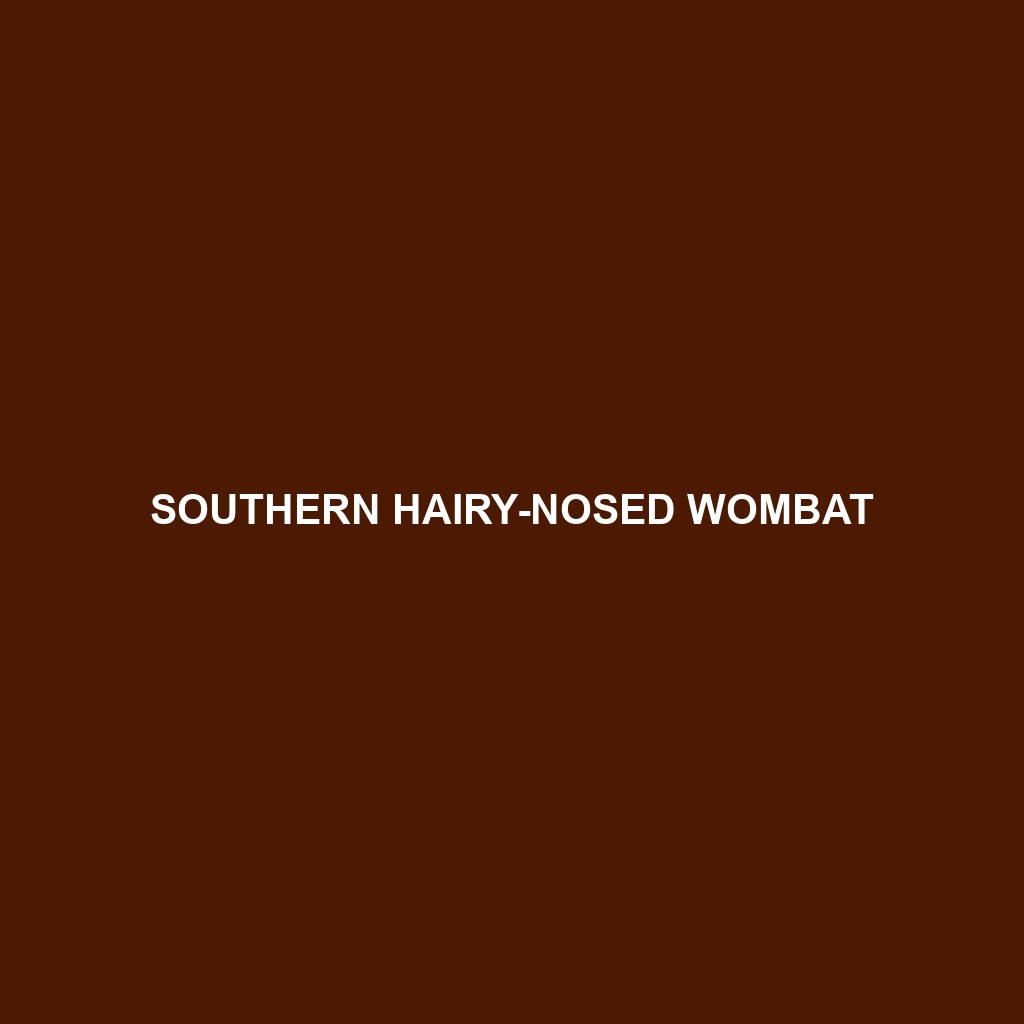Common Wombat: A Burrowing Marsupial Marvel
The Common Wombat (Vombatus ursinus) is a robust and burly marsupial native to Australia. Known for their burrowing habits and distinctive cube-shaped droppings, these nocturnal creatures play a vital ecological role in their habitats. Often referred to as the “bulldozers of the bush,” wombats have a unique charm that captivates wildlife enthusiasts and contributes significantly to the ecological balance of their environments.
Physical Characteristics
Size: Common Wombats are medium-sized marsupials typically measuring between 80 to 130 cm (31 to 51 inches) in length with a short, stubby tail that adds another 5 cm (2 inches). Adults weigh between 20 to 35 kg (44 to 77 lbs).
Coloration: Their fur ranges from sandy or gray to dark brown, providing excellent camouflage against their natural surroundings.
Special Features: Wombats have powerful limbs and large, clawed paws that are perfectly adapted for digging. Their incisors are continuously growing to compensate for the constant gnawing on tough vegetation. Additionally, they possess a toughened layer of cartilage on their rump, which acts as a protective shield against predators and environmental hazards.
Behaviors
Social Interactions: Generally solitary, wombats mark their territories using scent glands and communicate through a range of vocalizations and scent markings. Although they are loners by nature, they occasionally share burrows or come together during the mating season.
Feeding Habits: They are herbivores, primarily grazing on grasses, roots, bark, and fungi. Their slow metabolism allows them to extract maximum nutrients from their fibrous diet, and they typically feed during the cooler hours of the night.
Ecological Roles: Wombats are critical ecosystem engineers. Their extensive burrowing aerates the soil, promotes nutrient cycling, and provides habitats for other species. Their droppings also contribute to soil fertility.
Habitats
Range: Common Wombats are found in a variety of habitats across southeastern Australia, including Tasmania. They thrive in forested, mountainous, and heathland regions.
Burrows: These animals are adept diggers, creating intricate burrow systems that can extend up to 20 meters (65 feet) in length. Burrows provide shelter from predators and extreme weather conditions.
Adaptations
Digging Capability: Their strong limbs and sharp claws are specialized for digging extensive burrow systems.
Dentition: Continuously growing incisors enable them to feed on tough vegetation without wearing down their teeth.
Metabolism: A slow metabolic rate allows them to survive on a low-nutrient diet and go for extended periods without food.
Conservation Status
The IUCN currently lists the Common Wombat as a species of “Least Concern.” While they are not immediately at risk, habitat destruction, disease (such as mange), and human activities pose ongoing threats. Conservation efforts focus on habitat preservation and disease management.
Fun Facts
Cube-Shaped Droppings: Wombats are famous for their unique cube-shaped feces, which prevent rolling and help mark their territory.
Speedy Sprinters: Despite their stout build, wombats can run up to 40 km/h (25 mph) when threatened.
Historical Significance: Aboriginal Australians hold wombats in high cultural regard, often featuring them in stories and traditional artwork.
In , the Common Wombat plays a crucial role in maintaining the ecological integrity of its habitats while enchanting observers with its unique characteristics and behaviors. Conservation efforts are essential to ensure that this remarkable marsupial continues to thrive in the wild.
